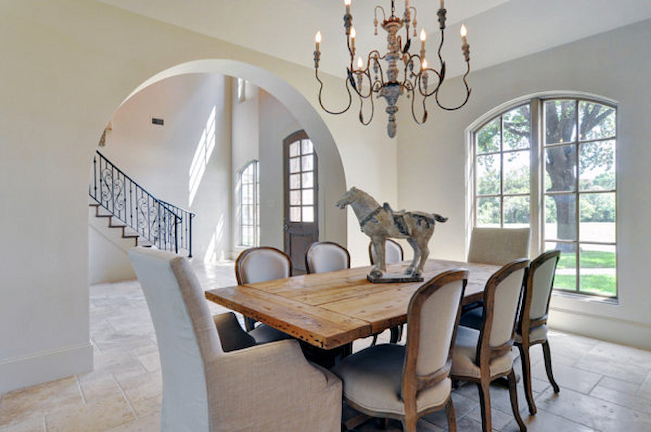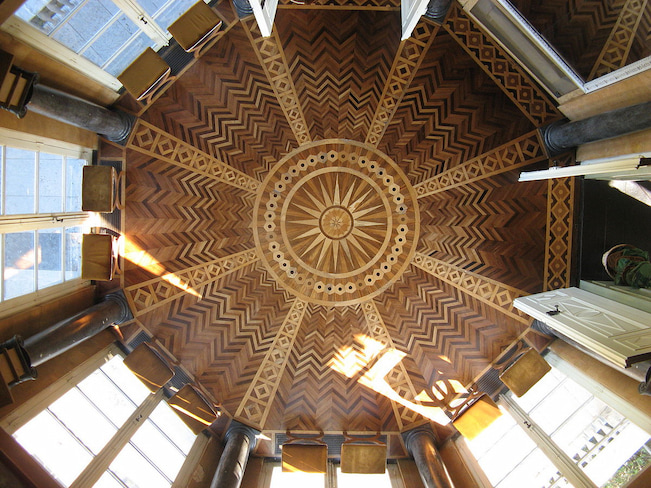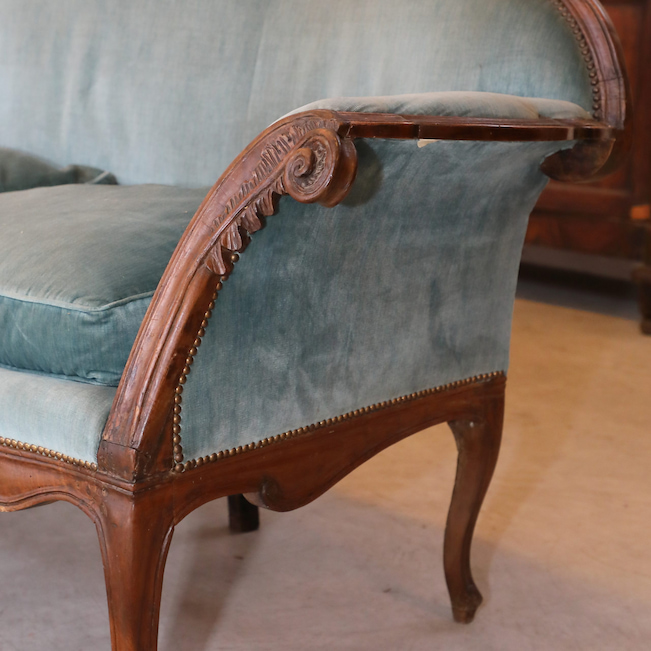Do you want to make your home feel like a French chateau? Want to experience the glamour and poise of the French lifestyle? While times have certainly changed and lifestyles have adapted to a more relaxed way of life, there are still certain design elements that can make our homes feel luxurious and give us that je ne sais quoi.
The French have always been known for their impeccable taste, whether it’s in fashion, food or interior design. There is something about the way they put things together that just oozes sophistication. So if you want to upgrade your living room comfort, why not take some inspiration from the French?
The History of French Provincial Furniture
The art of French interior design dates back centuries, to a time when the French nobility would commission skilled artisans to create furniture and décor for their lavish homes. The likes of Louis XIV and Napoleon Bonaparte were known for their love of all things opulent, and this is reflected in the furniture and design elements that they popularised.
One of the most iconic styles of French furniture is known as “provincial.” This style was inspired by the country homes of the French nobility and commoners alike, combining the best of both worlds. Provincial furniture is characterised by its quaint yet refined aesthetic, with items such as dressers, armoires and sideboards often featuring intricate carvings and detailed metalwork.
These days, stylish and modern French country furniture can be found in homes all over the world. It’s just as popular as ever, thanks to its timeless appeal and ability to blend in with a variety of different design styles.

What Are the Key Elements of French Interior Décor?
If you’re planning on adding some French flair to your home, there are certain key elements that you’ll need to include in your décor. Its distinct features set it apart from other design styles, and when done right, can certainly make a statement.
Rustic and Warm Tones
The colours used in modern French country furniture are typically quite warm and earthy, with shades of creams, browns and yellows being common. The emphasis on saturated hues and bold tones with medium to high contrast gives French country furniture its characteristic rustic look.
Any grey tones tend to be on the warmer side as well, with a slight brown, dusty rose or sage green thrown into the mix. They work well with the other colours in the palette and help to create a more welcoming and inviting scene that closely resembles the 18th-century French countryside.
Parquetry Elements
You’ll often find parquetry being used in French provincial furniture, particularly on floors, tables and other flat surfaces. Parquet is a type of wood flooring made up of small pieces of wood arranged in a decorative pattern. They can either be laid in a herringbone or chevron pattern, or even in a more complex geometric design.
This type of flooring was once only seen in the homes of the wealthy, but these days it’s a lot more accessible to the general public as well. It’s a great way to add some extra visual interest to your home and can really make a space feel more luxurious.

Upholstered Seating
One of the things that modern French country furniture is known for is its lush, upholstered seating. This can include sofas, armchairs, ottomans and even beds. The fabric used is usually quite heavy and lavish, such as velvets or damasks, and is often in a rich jewel tone.
While the overall look of linen and cotton pieces might be more casual, they’re still just as chic and elegant. This kind of furniture is often accentuated with tassels, fringe or other trimmings for greater depth and texture.
Cabriole Legs
When it comes to embellishments and ornate decorations, the French certainly know how to do it right. One of the signature details you’ll find on many pieces is the cabriole leg. This type of leg is often seen on chairs, tables and even in some cabinets and armoires.
Cabriole legs are typically S-shaped, with a gentle curve that extends from the knee to the floor. They often incorporate other decorative elements such as scrolls, leaves or flutes. This furniture leg style originated in the Baroque period and has been a staple of French design ever since.
Despite the somewhat bulky appearance, cabriole legs are actually quite delicate and require a lot of skill to create. That’s why they’re often seen as a sign of a high-quality piece of furniture that points to the craftsmanship of the piece.

Carved Wooden Ornaments
Speaking of carvings, these subtle yet eye-catching details aren’t limited to chair legs only. You’ll find them on all sorts of different furniture pieces, from headboards and dressers to coffee tables and sideboards.
The most common type of carving is the acanthus leaf motif. Originating from the Greek and Roman era, this design features large leaves with deeply lobed edges. It’s often used as a border around furniture or as a standalone decoration in the centre of a piece.
Other popular motifs include grapes, vines, flowers and even animals. Some are more realistic while others are more stylised. Depending on the overall design of the piece, these carved wooden ornaments can either be quite understated or quite dramatic.


























